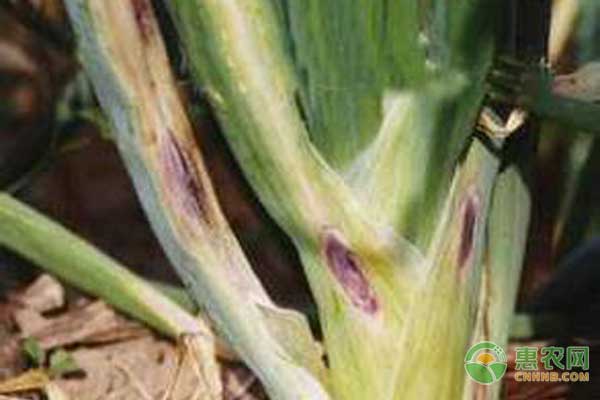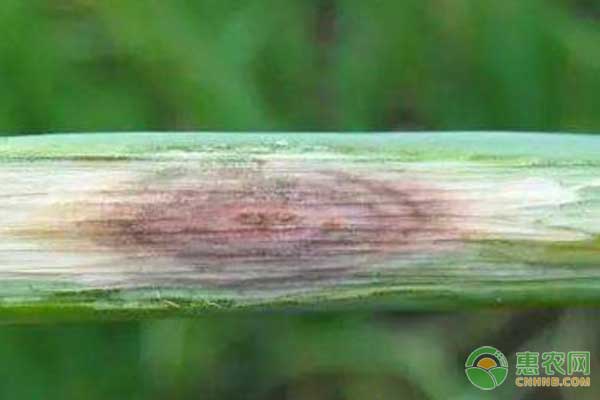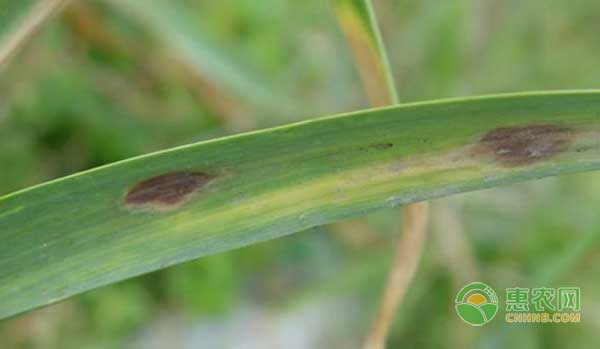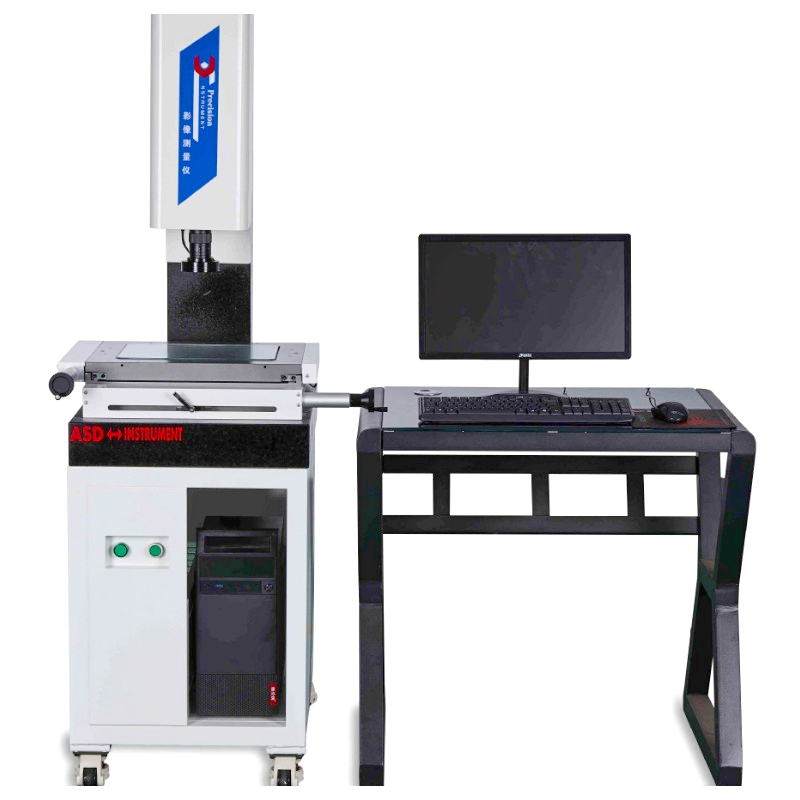The annual output of garlic grown in China accounts for about 70% of the world's total. In recent years, with the continuous expansion of garlic area, the disease has become more and more serious. And purple spot disease is one of the most harmful and widespread diseases. The following is the prevention and control technology of purple spot disease.
Purple spot disease can damage plants during the whole growth cycle of garlic, mainly affecting leaves, leaf sheaths, bulbs, etc., causing losses of about 8% per year, and loss of more than 17% in severe years, seriously affecting the quality of garlic garlic and garlic. So what are the symptoms of purple spot disease?

First, the symptoms of garlic purple spot disease
1. Performance symptoms and hazards on the leaves
The seedling stage begins to develop but the damage is greatest in the late growth stage. The field incidence begins from the tip of the leaf and the middle of the leaf, and spreads to the lower part in a few days. The initial lesion is slightly concave white small spots, the center is slightly purple, and the enlargement is yellow-brown spindle shape or Oval lesions. When the humidity is high, the lesions produce black mildew, and the lesions have concentric circles and are easily broken from the diseased part.
2, the symptoms and harms on the garlic
When it is harmful to garlic, it produces small gray spots in the middle of the garlic, and the central micro-purple slightly expands into an oval lesion.
3. Symptoms and hazards on the bulb
Water-stained oval lesions on the bulb when the bulb is damaged.

Second, the law of incidence
1. The wintering way of pathogens
In winter, the pathogens in the warm winter area are transmitted on the onion and garlic crops; in the cold areas, the mycelium is in the host plant or overwinter with the diseased body.
2. Infection and spread of pathogenic bacteria
The bacteria invade through the stomata, wounds or directly penetrate the epidermis, and the incubation period is 1-4 days, and it is spread by airflow or rain.
3, the disease conditions
(1) The most suitable environmental conditions for the onset are temperature 20-27 ° C, relative humidity above 90%, generally in the warm, rainy or wet summer incidence.
(2) Cultivation: Planting method using flat seeding on-demand, because this model is easy to accumulate water after watering, the humidity in the field is large, which is conducive to the occurrence of the disease. The planting density is too large, and the space occupied by a single plant is small, which is not conducive to the ventilation and light transmission of the plant, and the plant is weak and prone to disease.

Third, the prevention and treatment of garlic purple spot disease
1, the implementation of rotation: with non-onion crops (potato, wheat, cruciferous, etc.) for more than 2 years of rotation.
2, the selection of garlic, chemical treatment: the selection of disease-resistant varieties such as purple garlic, or seed dressing before sowing, can use 50% carbendazim to spray water, dry and sowing to reduce the occurrence of disease .
3, the use of coated sorghum cultivation method reasonable close planting, reduce the humidity in the field, which is conducive to the ventilation and light transmission of plants can reduce the occurrence of diseases.
4. Rational fertilization: Apply sufficient base fertilizer, 10-15 days before sowing of garlic, use compound fertilizer and bio-organic fertilizer to improve soil fertility, improve soil physicochemical properties, improve nutrient utilization, and inhibit the growth of soil-borne bacteria. The growth and storage of garlic is nutritious. In the growing season of garlic, according to the local fertilizer habits and the growth of the plant, the application of the fertilizer, the fertilization, the common cost of fruits and vegetables is reasonable for topdressing, so as to promote the robust growth of the plants and enhance the disease resistance of the plants.
5. After the garlic is harvested, the diseased leaves and sick plants are burned intensively.
6. Harvest low-temperature storage at the right time to prevent the disease from spreading during the storage period. After harvesting, the air is appropriately dried until the outside of the bulb is dried, and then the temperature is controlled to be 0 ° C and the relative humidity is 65% or less.
7. Chemical control: At the beginning of the disease, 50% carbendazim and 58% metalaxyl manganese zinc are used for foliar spraying. Spraying once every 7 to 10 days, continuous spraying 2-3 times can effectively prevent garlic purple spot. disease.
Garlic purple spot disease has a serious impact on garlic production, which restricts the development of the garlic industry. Therefore, we must do a good job in the prevention and treatment of purple spot disease and reduce the economic losses caused by purple spot disease.
Semi Automatic Video Measuring Instrument
Features of semi-automatic image measuring instrument:
The main body of the equipment is made of high-precision natural granite, which has stable temperature characteristics and resistance to aging deformation, ensuring measurement stability and long-term accuracy.
High precision fully closed-loop automatic zoom optical lens
Telecentric optical principle: Adopting a parallel light path optical design, the size of the object's image does not change with the distance from the lens, resulting in additional measurement errors in the perspective effect.
Automatic zoom optical telephoto lens is a lens specially designed to correct the parallax of traditional lenses. It can be used within a certain object distance range to ensure that the magnification of the obtained image does not change with the change of object distance. This is an important application for situations where the measured object is not on the same surface.

Semi Automatic Video Measuring Instrument,3D Measuring Instrument ,Auto Focusing Measuring Instrument ,Semi Automatic Image Measuring Instrument
Zhejiang dexun instrument technology co., ltd , https://www.dexunmeasuring.com